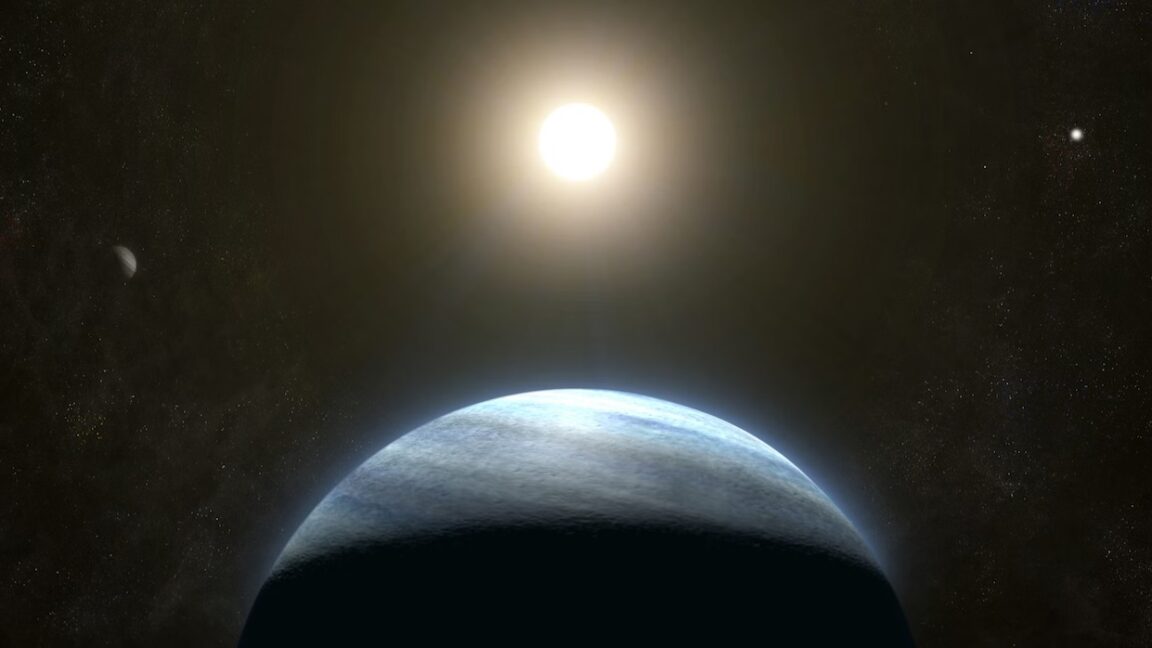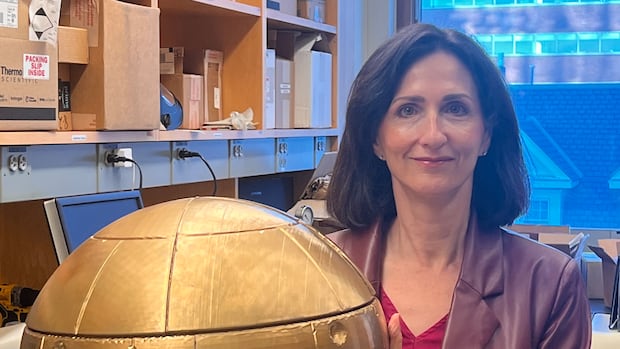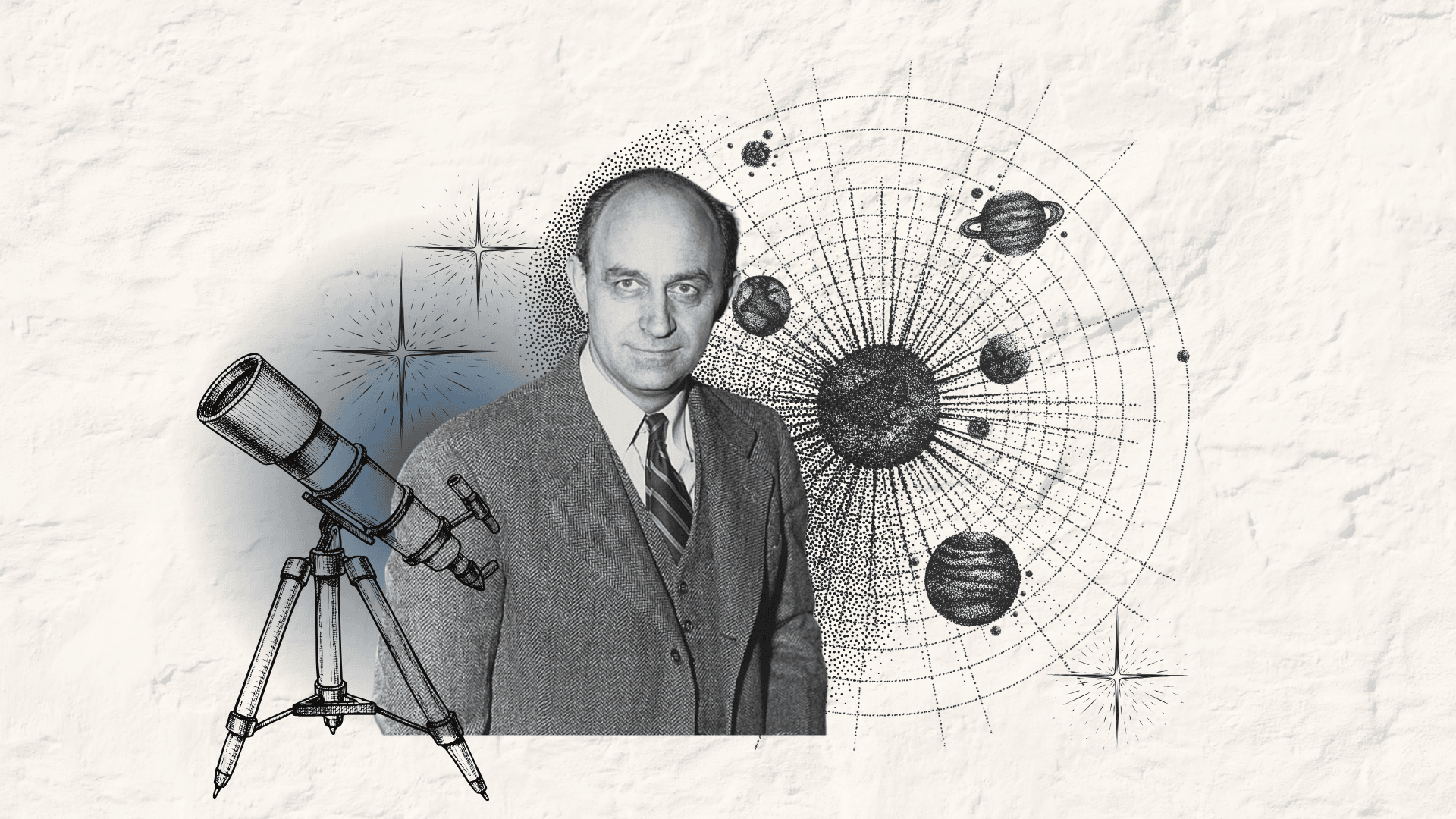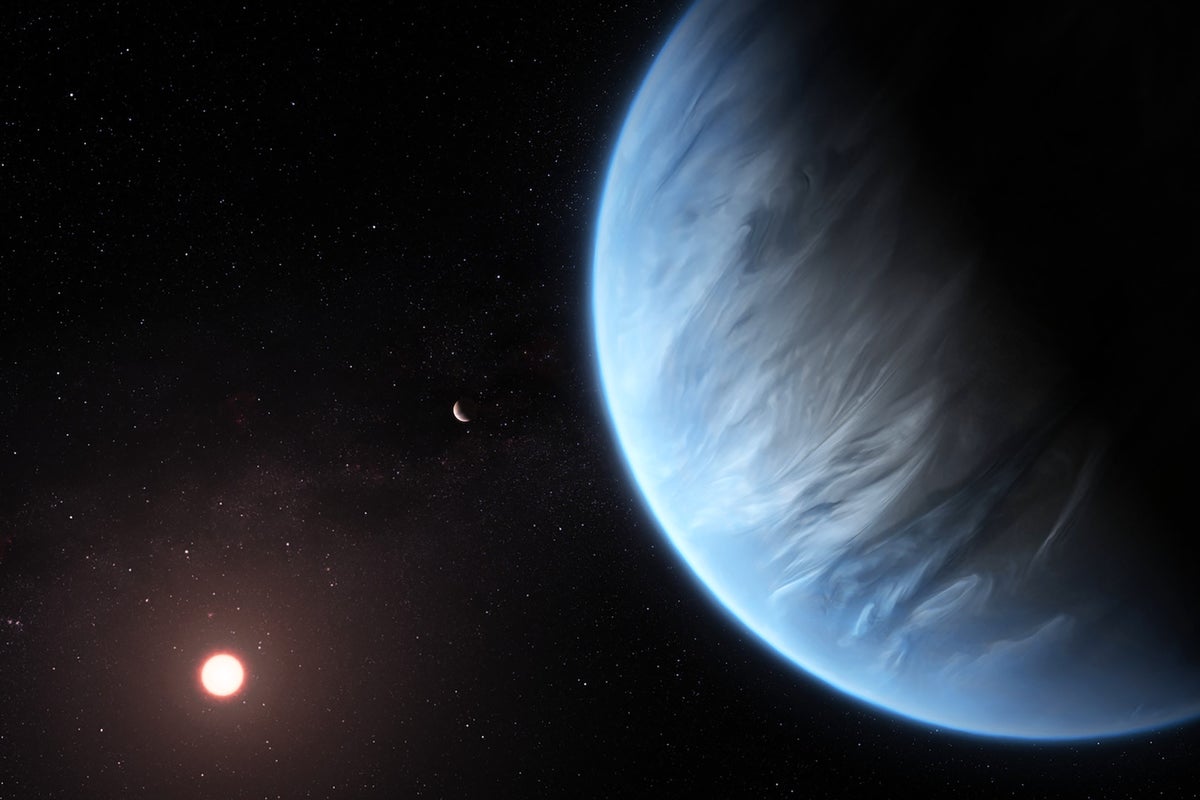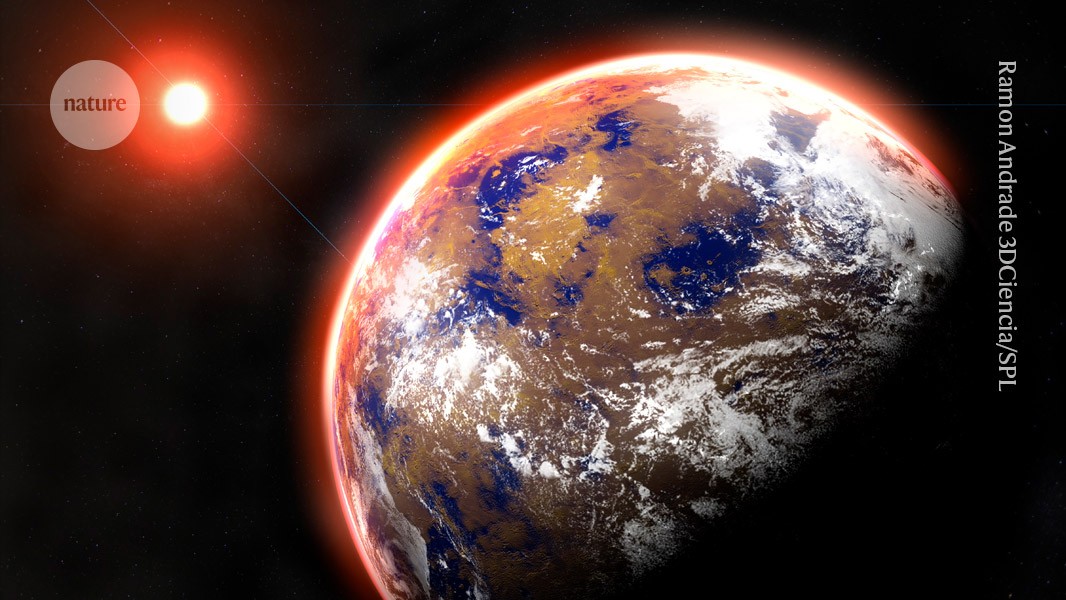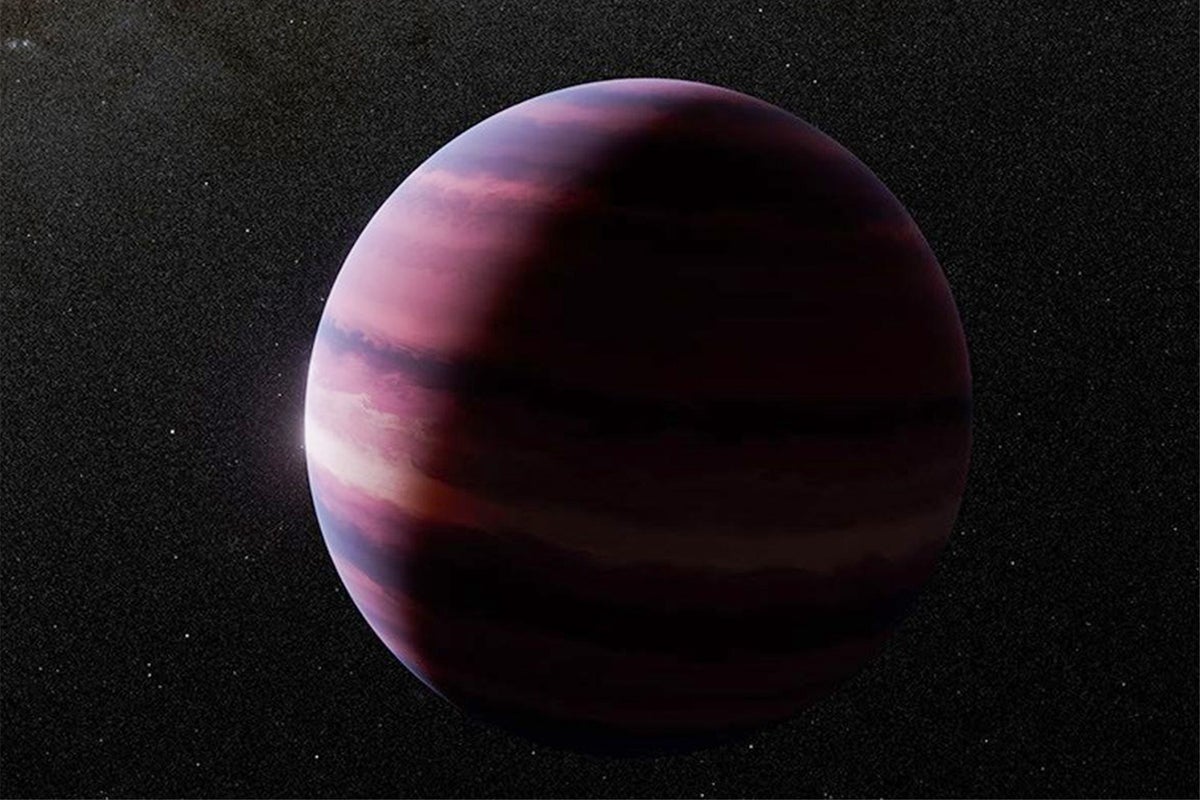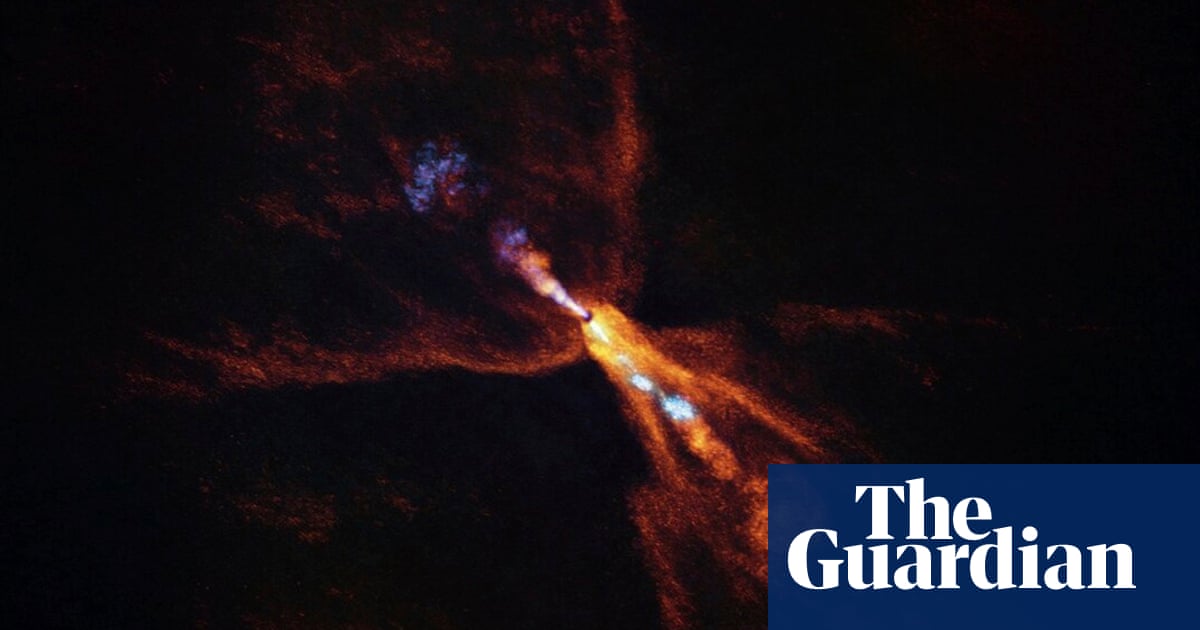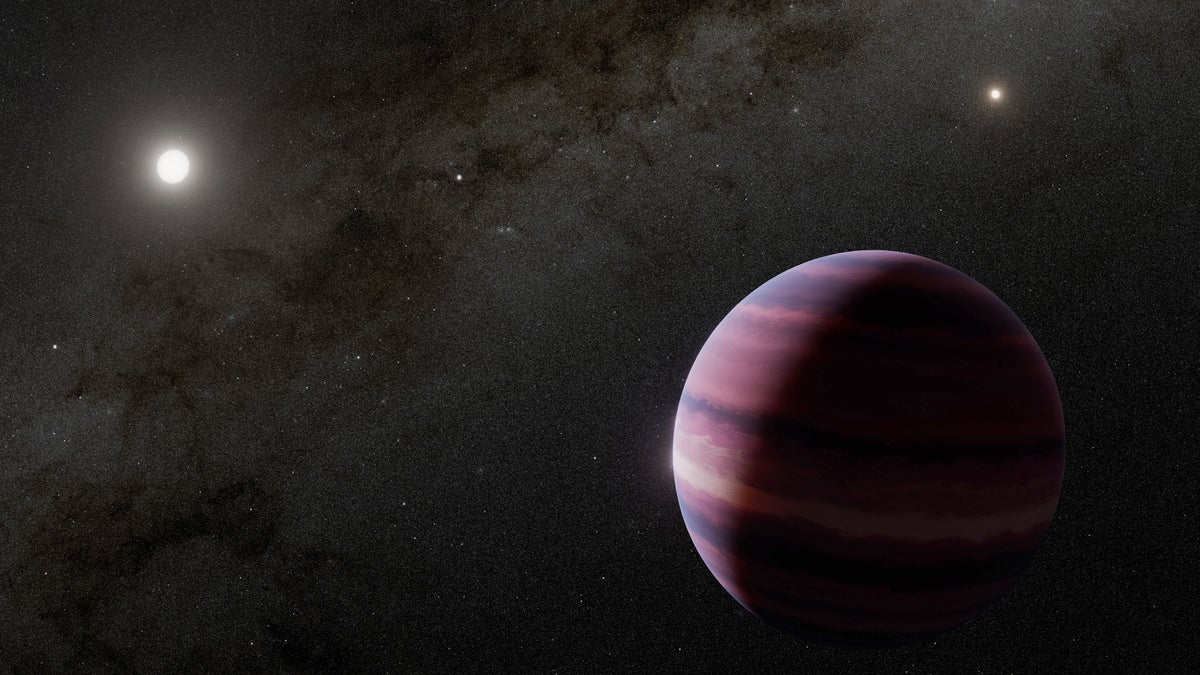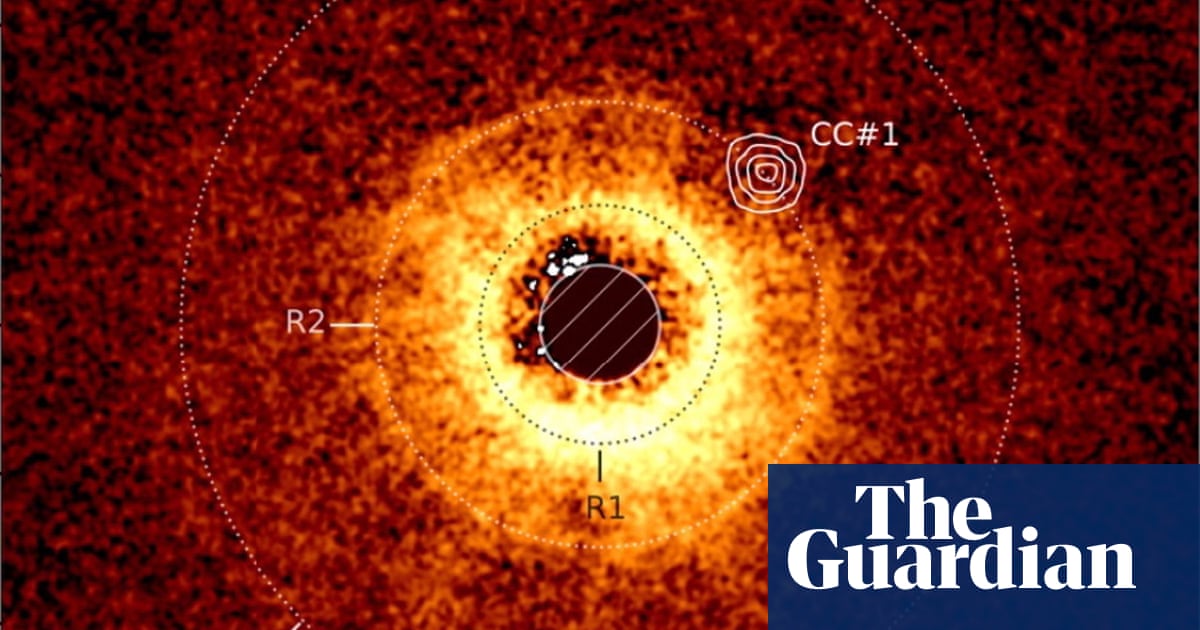fromwww.scientificamerican.com
1 week agoCan We Image Alien Earths? This Newfound Object Could Show the Way
Astronomers have found what could become the first target for a crucial test of NASA's upcoming Nancy Grace Roman Space Telescope, a soon-to-launch observatory that serves as a pathfinder mission for discovering Earthlike worlds around other stars. In a pair of new studies, an international research team has revealed two newfound objects around nearby stars: a gas-giant exoplanet orbiting the star HIP 54515 and a brown dwarf around the star HIP 71618.
Science

